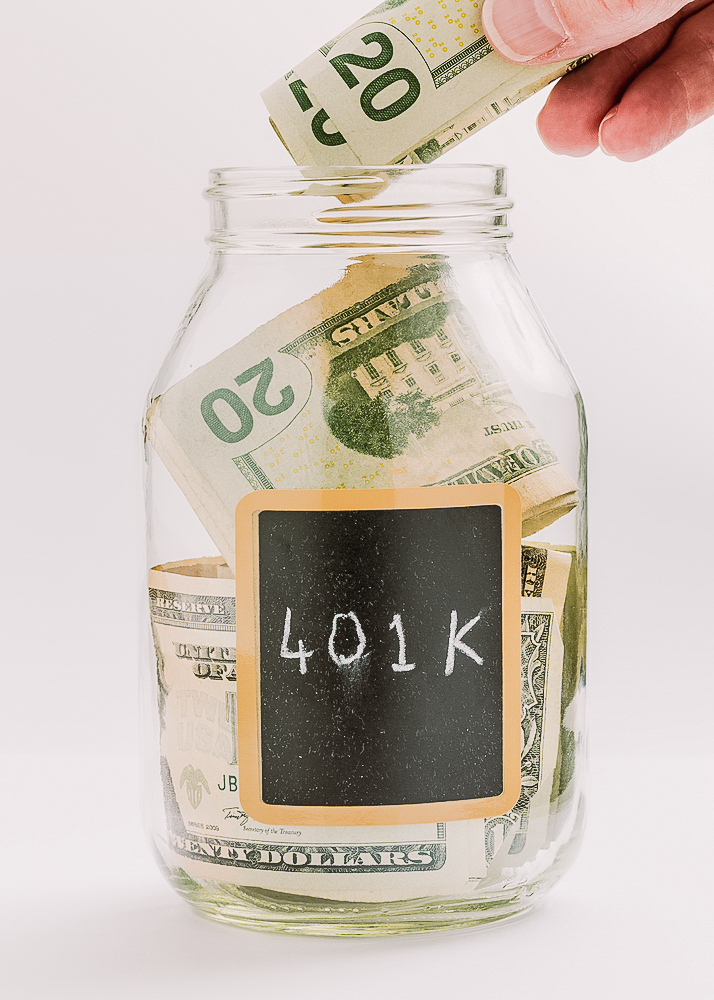Retirement FAQ for 1099 Contractors: What You Need to Know
Your Top Retirement Planning Questions — Answered for Freelancers and Gig Workers
When you work for yourself or take on gigs to earn a living, saving for retirement can feel tricky. You don’t always know how much money you’ll make month to month — and you don’t have a company setting up a 401(k) for you. But that doesn’t mean you can’t build a strong, secure retirement.
Here are answers to some of the most common questions freelancers, gig workers, and self-employed individuals ask about saving for the future.
9 Common Retirement Questions for the Self-Employed
- These are 9 of the most common questions freelancers, gig workers, and self-employed individuals ask about saving for retirement.
- Each question tackles a key concern about building financial security without an employer-sponsored plan.
- Whether you’re just getting started or looking to optimize your strategy, these answers are designed to give you clear, actionable guidance.
1. How can I save for retirement with unpredictable income?
Saving when your income isn’t steady starts with flexibility.
- Save a percentage of your income each time you get paid, rather than a fixed dollar amount.
- Aim for 10–20% of every check, depending on your goals and budget.
- When your income is higher, you’ll automatically save more.
- In slower months, you’ll save less — and that’s perfectly okay.
- This flexible approach helps you stay consistent without straining your cash flow.
Setting up small automatic transfers to a retirement account from your checking account can also help make saving a habit.
2. How can I save for retirement as a freelancer?
Freelancers have a few strong retirement options:
- Open your own retirement account, like a Traditional IRA or Roth IRA.
- If you want higher contribution limits, consider a SEP IRA or a Solo 401(k).
- Set up automatic savings and treat it like a “bill” you pay yourself every month.
- Build an emergency fund so that during slower months, you don’t have to stop saving completely.
3. What’s the best retirement account if I’m self-employed?
It depends on your income and goals, but here’s a simple guide:
- Traditional IRA or Roth IRA: Great for beginners, with easy setup and low minimums.
- SEP IRA: Good if you want to save more and have variable income. Contributions are flexible.
- Solo 401(k): Best if you want to save even more (up to $70,000 in 2025 plus catch up contributions for over age 50) and maybe take a loan from your account if needed.
A Solo 401(k) offers the highest savings potential but may require a little more paperwork to set up and administrative costs.
4. How much should I save if my income changes month to month?
A good rule of thumb is to save 15%–20% of your income over the course of the year.
But remember: something is better than nothing.
- If some months are tight, it’s okay to save less — just aim to catch up when you receive a larger check.
- Setting a yearly savings goal instead of a strict monthly target gives you more flexibility.
- You can also set seasonal or quarterly goals to better align with the ups and downs of freelance income.
- This approach helps you stay on track without the pressure of meeting the same target every month.
5. What happens if I can’t contribute one year?
Nothing bad happens — you simply pick back up when you can.
The important thing is not to give up. Even if you take a break from contributions, your previous savings/investments may continue to grow. And when you’re ready, you can contribute more later or use catch-up contributions if you’re over age 50.
6. How do taxes work with freelance retirement accounts?
Most retirement contributions lower your taxable income — which means you could owe less in taxes now.
For example:
- Contributions to a Traditional IRA, SEP IRA, or Solo 401(k) may be tax-deductible.
- With a Roth IRA, you pay taxes today but enjoy tax-free withdrawals* in retirement.
Also, if you are self-employed, you may have to pay quarterly estimated taxes during the year. It’s a smart idea to talk to a tax professional to help you plan.
*Tax-free withdrawals from a Roth account are generally available if the account has been held for at least five years and the account holder has reached age 59½, whichever occurs later. Additional conditions may apply. Consult a qualified tax professional for guidance specific to your situation.
Disclaimer: This content is for general informational purposes only and does not constitute tax, legal, or financial advice. Everyone’s situation is unique, so be sure to consult a qualified tax advisor or financial professional for personalized guidance based on your specific circumstances.
7. Can I still catch up if I start late?
Yes!
Thanks to catch-up contributions, if you’re 50 or older, you can save more each year. Plus, saving aggressively even later in life — combined with intentional investing — can make a big difference.
Don’t let a late start stop you. The best time to start is today.
8. What’s the Difference Between SEP IRA, Solo 401(k), Traditional IRA, Roth IRA, and State-Run IRA Plans?
Comparing SEP IRA, Solo 401(k), Traditional IRA, and Other Retirement Plans
Here’s a quick snapshot:
| Plan | Best For | Contribution Limits (2025) | Flexibility |
| Traditional IRA | Anyone | $7,000 (plus $1,000 catch-up if over 50) | Easy to set up; income limits for tax deduction |
| Roth IRA | Anyone | $7,000 (plus $1,000 catch-up if over 50) | Tax-free growth on qualified withdrawals*; income limits apply for eligibility |
| SEP IRA | Self-employed or small business owners | Up to $70,000 or 25% of net earnings (whichever is less) | Easy setup; flexible annual contributions |
| Solo 401(k) | Self-employed with no employees (except spouse) | Up to $70,000 (more with catch-up if 50+) | Higher limits; allows loans; can be used with other plans; requires more paperwork and annual filing after $250,000 |
| State-Run IRA | Employees without access to a workplace plan; self-employed | $7,000 (plus $1,000 catch-up if over 50, same as Roth IRA) | Simple, low-cost; automatic payroll deduction; portable; options vary by state |
*Tax-free withdrawals from a Roth account are generally available if the account has been held for at least five years and the account holder has reached age 59½, whichever occurs later. Additional conditions may apply. Consult a qualified tax professional for guidance specific to your situation.
More about Solo K’s
The Solo 401(k) can sometimes be used alongside other plans, giving you even more ways to save. However, it does come with more administrative responsibilities, including a special IRS filing called Form 5500 once your plan reaches $250,000 in assets.
Here’s a breakdown of possible Solo K contributions for 2025:
- Under 50: $70,000 total (employee + employer contributions).
- Aged 50-59 or 64+: $77,500 total (employee + employer contributions).
- Aged 60-63: $81,250 total (employee + employer contributions).
9. How do I prioritize saving when I have irregular gigs or months without income?
The key is paying yourself first when you get paid — even a little.
Start with a small emergency fund for lean months. Then, each time you receive income, set aside a percentage for savings before spending on anything else.
Saving when you can, even small amounts, builds a habit. Over time, those small steps add up to big results.
Saving for retirement as a freelancer or gig worker takes a little more planning — but it’s absolutely possible.
You don’t have to earn a steady paycheck to build a strong future. With the right account, a flexible saving strategy, and a little discipline, you can create the freedom and options you deserve when you retire.







